Installation documentation video, L. M. Ramsey, Charles Street Video, Toronto 2024
Moonquake is a series of sound installations created by L. M. Ramsey and Dan Tapper in 2024, mapping realitime, historical and imagined seismic data from the moon.
Through eight custom-built bass-transducing seats, visitors physically experienced the moon's seismic activity throughout 1977, the last year of recorded seismic data from the moon. This year was compressed into a one-hour experience, allowing the audience to feel the moon's seismic vibrations moving through their bodies, accompanied by a veil of laser light tracing out this data visually in real-time.
The MOONQUAKE experience was sensorially immersive and intense. Every 25 minutes, a brief interlude created time for space, reflection, and meditation. In the first installation, a large moon animation in the center of the space was accompanied by sonifications composed from the first seismic recordings ever taken on the moon in 1969 by the Apollo 11 mission, and sounds recorded from beneath the ice on Lake Ontario, recording the natural expansion and contraction of ice. The interplay between the first and last seismic recordings provides a circular narrative, showcasing the ever-present, ever-changing movements of the moon and linking into future explorations with devices that will record the moon's seismic activity in greater and more granular detail.
The original data was catalogued in full by Y. Nakamura in 1981 and later described by Ceri Nunn and Jennifer G. Ward in 2022. Without their combined archival work, we would not have been able to access or parse through this data to create this work. Created by L. M. Ramsey and Dan Tapper, with support from Charles Street Video.
-----
ORIGINAL CONCEPT, L.M.Ramsey exhibited with InterAccess, 2018

[Installation view, 2022]
"We should have had a historian running around saying 'I don't care if you are ever going to use them -- we are going to keep them'." - Richard Nafzger, an engineer at NASA's Goddard Space Flight Center
In 2006, NASA admitted that they had magnetically erased tapes with the original video footage of the 1969 landing on the moon - to re-use and save money (luckily they found good copies in the archives of CBS news). After I read that article, I started looking into the depths of the photographic archive to see what they had held on to - and what I could possibly recover.
The Apollo Lunar Surface Close-up Camera (a stereo-macro camera), known officially as the ALSCC; was used on the moon by Neil Armstrong, Alan Bean, and Alan Shepard during the Apollo Missions 11, 12, and 14 (1969 - 1971). The slide pairs, originally taken on SO-168 Ektachrome 70 mm, high-speed color reversal film, ASA 160; were meant to be viewed through a stereo viewer in order to observe the three dimensionality of the lunar surface geology.
Each image represents approximately 7 x 8 centimeters or 2.8 x 3.2 inches of the lunar surface.
NASA/JSC/ASU
In 2006, NASA admitted that they had magnetically erased tapes with the original video footage of the 1969 landing on the moon - to re-use and save money (luckily they found good copies in the archives of CBS news). After I read that article, I started looking into the depths of the photographic archive to see what they had held on to - and what I could possibly recover.
The Apollo Lunar Surface Close-up Camera (a stereo-macro camera), known officially as the ALSCC; was used on the moon by Neil Armstrong, Alan Bean, and Alan Shepard during the Apollo Missions 11, 12, and 14 (1969 - 1971). The slide pairs, originally taken on SO-168 Ektachrome 70 mm, high-speed color reversal film, ASA 160; were meant to be viewed through a stereo viewer in order to observe the three dimensionality of the lunar surface geology.
Each image represents approximately 7 x 8 centimeters or 2.8 x 3.2 inches of the lunar surface.
NASA/JSC/ASU
There is a deep moonquake every 27 days, roughly the same amount of time that it takes the moon to orbit the Earth. These lunar tremors were first felt and recorded by the Apollo 11 mission astronauts in 1969. In the two hours and fourteen minutes that Neil Armstrong and Buzz Aldrin spent on the moon, they collected rocks, recorded samples of the regolith (lunar soil), and planted a seismometer. In the following missions to the moon, more seismometers were planted, and data recorded for a total of eight years. This data was recently re-analysed using an algorithm-based program to uncover hundreds of previously unknown tremors, revealing this monthly pattern.
Using the LSCC (Lunar Surface Close-up Camera), stereo images of the lunar regolith were collected by the astronauts. I assembled all the RAW data from the 35 mm stereo scans held in the archive and combined the frames into animated GIFs to resurrect the 3D effect. These assembled archival images, when viewed in this format, help to illustrate the concept of an actual moonquake, and also to prompt empathy for the monthly impact on our celestial neighbour.
Using the LSCC (Lunar Surface Close-up Camera), stereo images of the lunar regolith were collected by the astronauts. I assembled all the RAW data from the 35 mm stereo scans held in the archive and combined the frames into animated GIFs to resurrect the 3D effect. These assembled archival images, when viewed in this format, help to illustrate the concept of an actual moonquake, and also to prompt empathy for the monthly impact on our celestial neighbour.
APOLLO 11 - NEIL ARMSTRONG
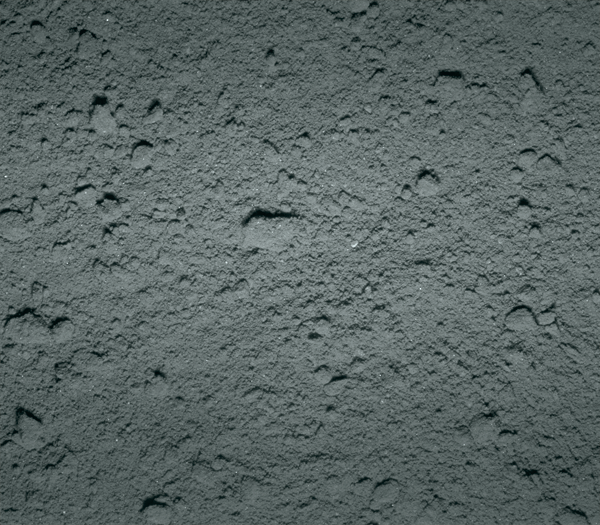
Soil disturbed by astronaut activities.
Frame #6697A + B / Magazine: 45
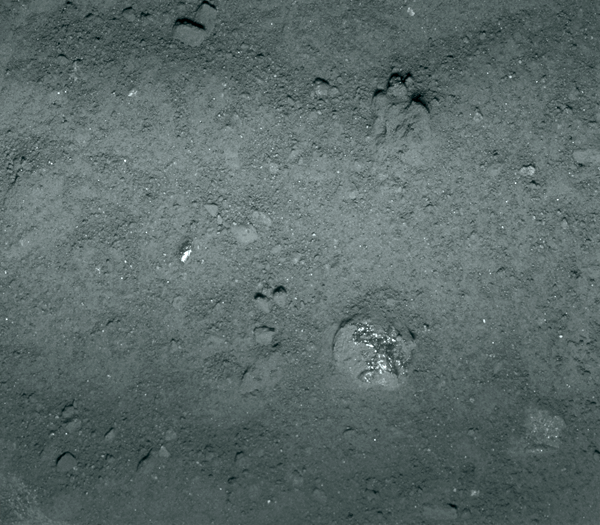
Loose aggregate surface material.
Frame # 6706A + B / Magazine 45
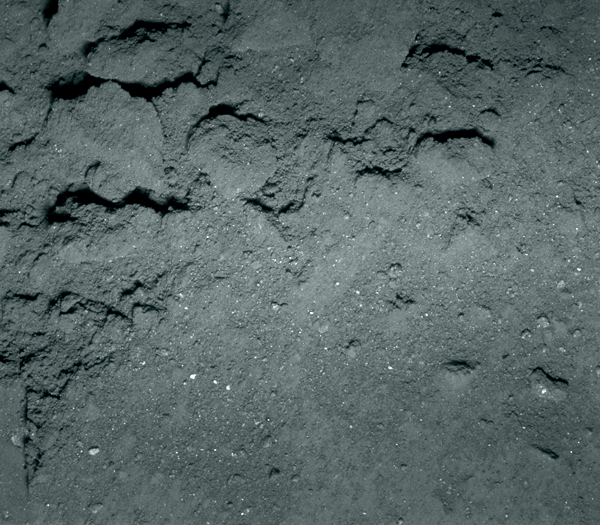
Crater bottom with prominent glass deposits.
Frame # 6707A + B / Magazine 45
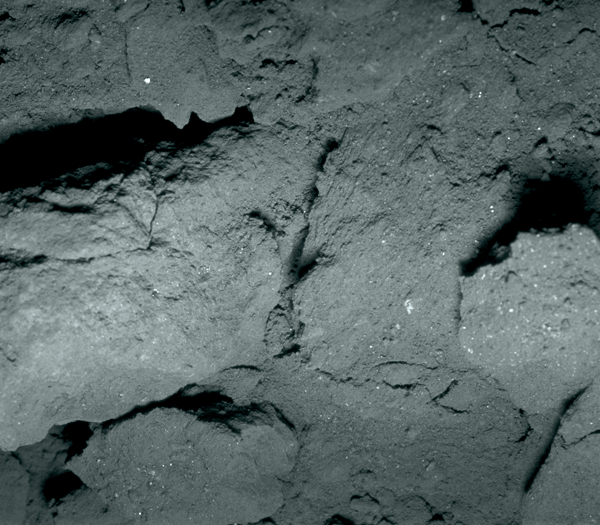
Loose aggregate surface material.
Frame # 6708A + B / Magazine: 45
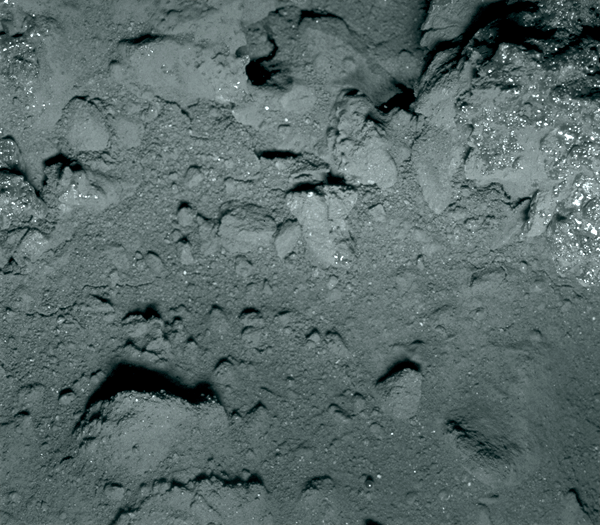
Hard rock surface.
Frame # 6709A + B / Magazine: 45
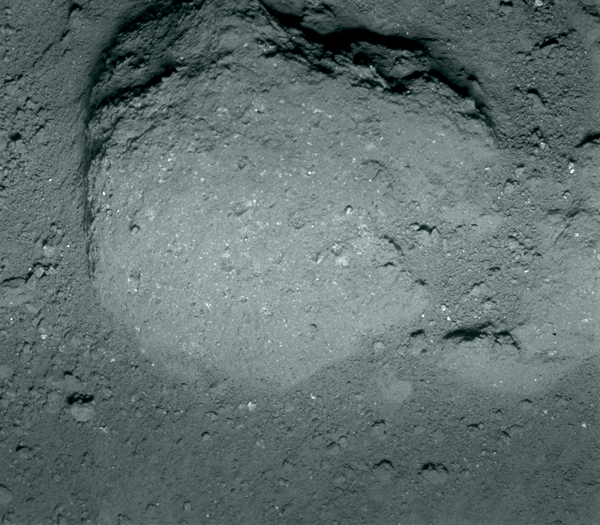
Hard rock surface.
Frame # 6712A + B / Magazine: 45
APOLLO 12 - ALAN BEAN
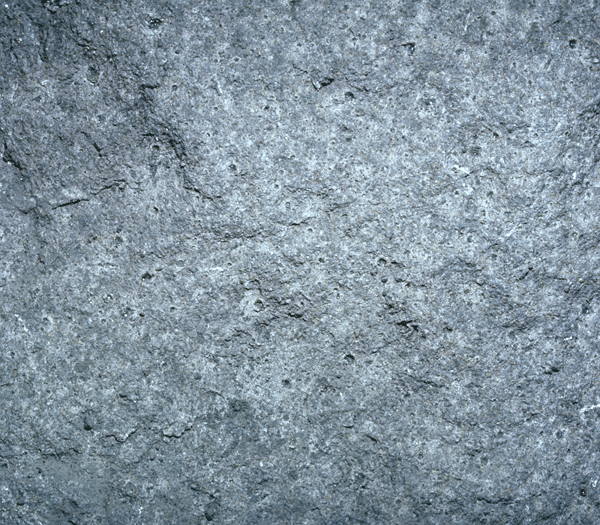
Surface not greatly disturbed by LM descent engine exhaust.
Frame # 8446A + B / Magazine: 57

Soil surface disturbed by astronauts boots.
Frame # 8448A + B / Magazine: 57
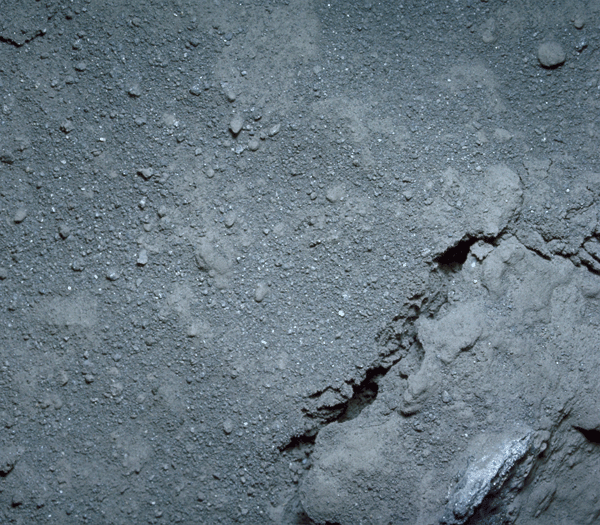
Soil surface distrubed by the LM descent engine exhaust.
Frame #: 8450A + B / Magazine: 57
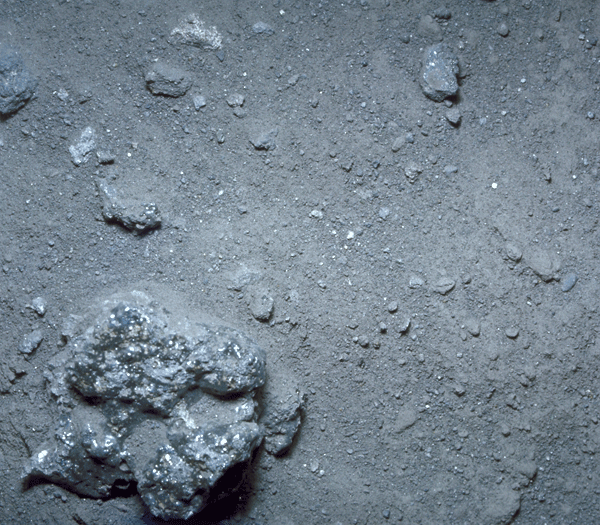
Surface not greatly disturbed by LM descent engine exhaust.
Frame # 8452A + B / Magazine: 57
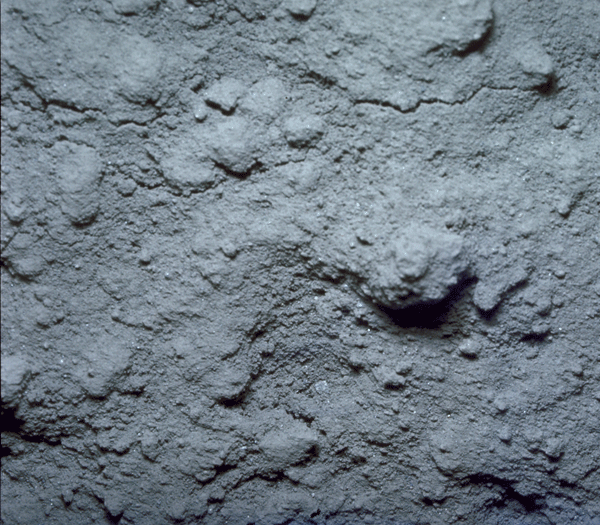
Surface not greatly disturbed by LM descent engine exhaust.
Frame # 8454A + B / Magazine: 57
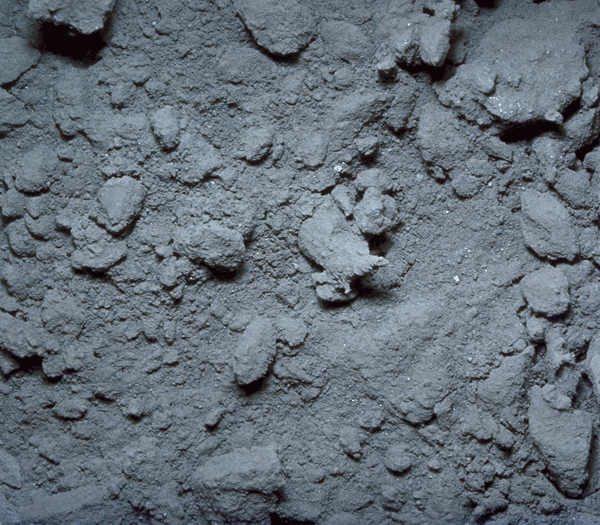
Surface not greatly disturbed by LM descent engine exhaust.
Frame # 8455A + B / Magazine: 57
APOLLO 14 - ALAN SHEPARD

MET Track; Taken at at a location midway between the LM and Station A.
Frame # 10357A + B / Magazine: 77
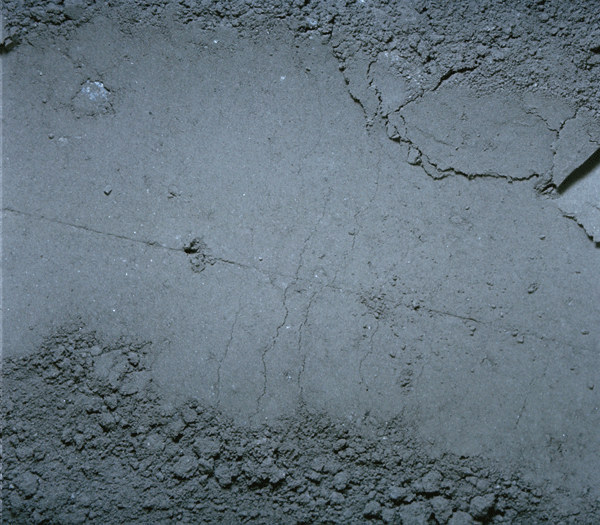
MET Track; Taken at at a location midway between the LM and Station A.
Frame # 10358A + B / Magazine: 77
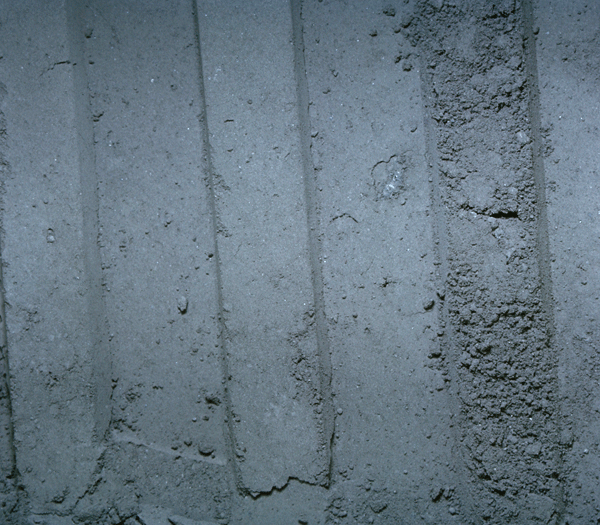
Astronaut bootprint; Taken at at a location midway between the LM and Station A.
Frame # 10359A + B / Magazine 77
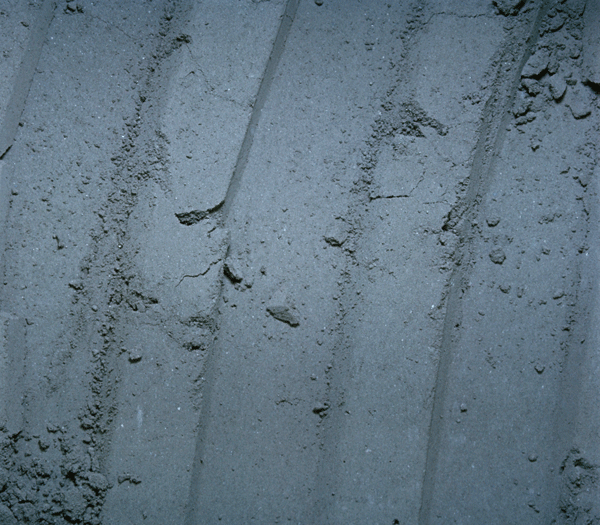
Astronaut bootprint; Taken at at a location midway between the LM and Station A.
Frame # 10360A + B / Magazine 77
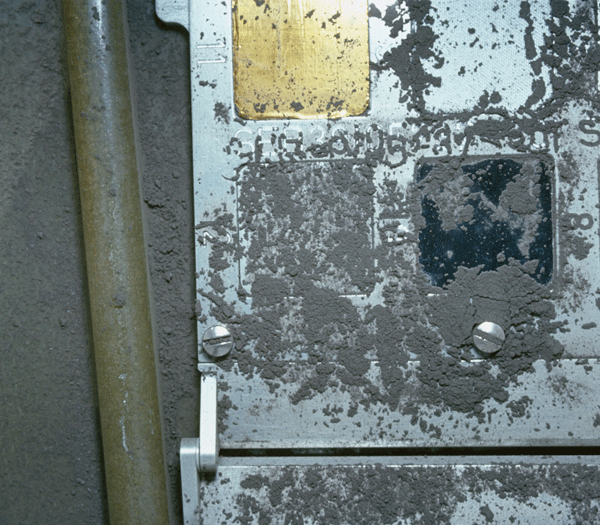
Thermal Degradation Sample; Taken in the vicinity of Station A.
Frame # 10367A + B / Magazine 77